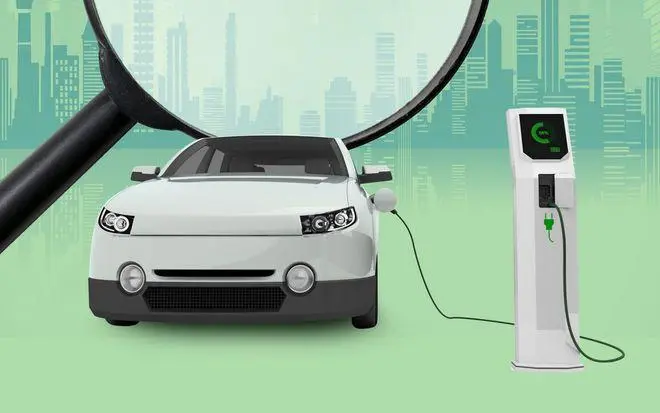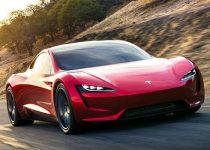Are electric vehicles a viable option for long-distance travel
Electric vehicles (EVs) have made significant advancements in recent years, making them an increasingly viable option for long-distance travel. Factors contributing to their viability for such journeys include:
- Increased driving range: Many modern EVs offer driving ranges that rival or even surpass those of traditional gasoline-powered vehicles. For example, some high-end electric vehicles can travel over 300 miles (480 km) on a single charge, which is sufficient for most long-distance trips.
- Expanding charging infrastructure: The availability of fast-charging stations has grown rapidly in recent years, making it more convenient to recharge during long journeys. Charging networks, such as Tesla’s Supercharger network, provide fast charging options that can replenish an EV’s battery in 20-45 minutes, depending on the model and charging station.
- Faster charging technology: Technological advancements in charging equipment and battery technology have significantly reduced charging times, making it more practical to recharge during long trips. Innovations like ultra-fast charging are being developed, which could reduce charging times even further.
- Route planning tools: Many EVs come equipped with built-in navigation systems or can be paired with mobile applications that help drivers plan their trips, taking into account factors such as charging station locations and battery range. This ensures that drivers can confidently embark on long journeys without worrying about running out of battery power.
- Improved battery technology: Ongoing advancements in battery technology have resulted in higher energy density, improved efficiency, and longer lifespans, making EVs more practical for long-distance travel.
- Availability of EV models: The variety of electric vehicles on the market has expanded, including larger vehicles like SUVs and pickup trucks, which offer increased comfort, cargo space, and towing capacity for long trips.

While electric vehicles are becoming more viable for long-distance travel, certain challenges remain:
- Charging times: Even with fast-charging stations, charging an EV still takes longer than refueling a gasoline-powered vehicle, which can be inconvenient during long trips.
- Charging infrastructure: Although rapidly expanding, the charging infrastructure in some areas is still limited, which may require more careful route planning and could lead to range anxiety for some drivers.
- Cold weather performance: EVs can experience reduced range and performance in cold weather, which may affect long-distance travel in certain climates.
In conclusion, electric vehicles have become increasingly viable for long-distance travel, thanks to advancements in battery technology, charging infrastructure, and vehicle capabilities. However, some challenges remain, and the suitability of EVs for long journeys will depend on individual needs, driving habits, and the availability of charging infrastructure along the route.


